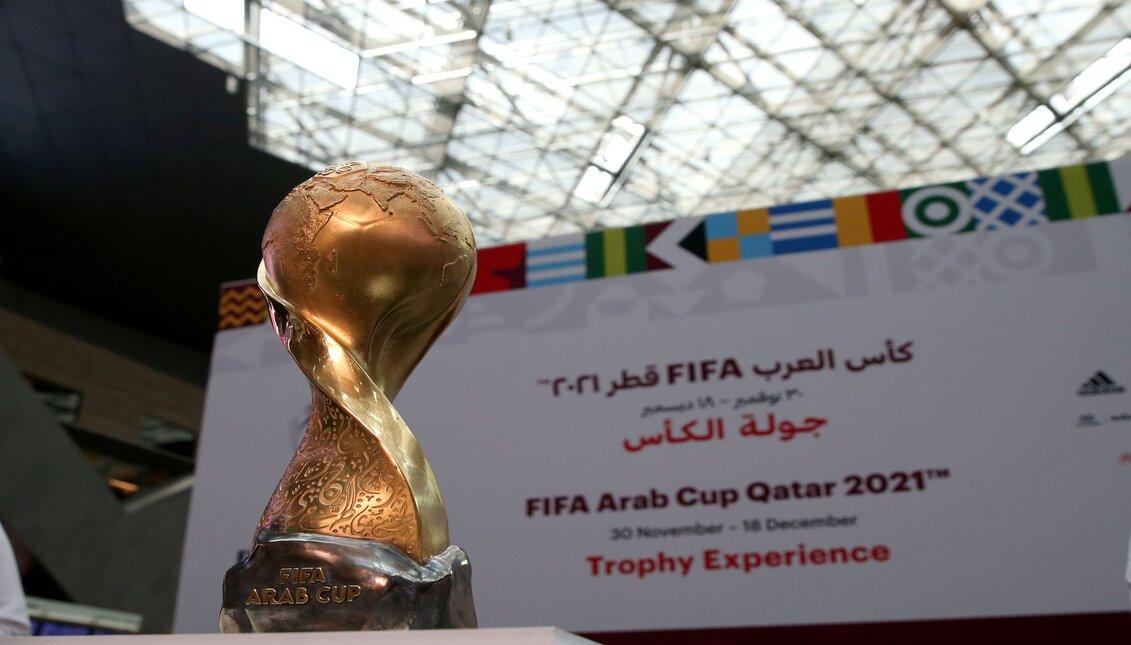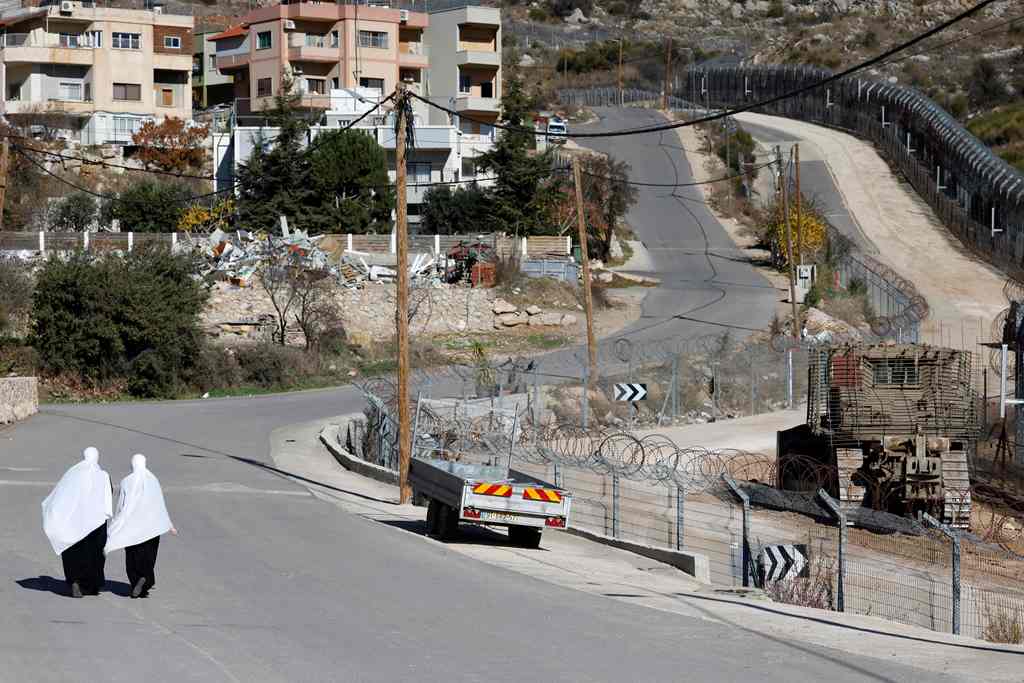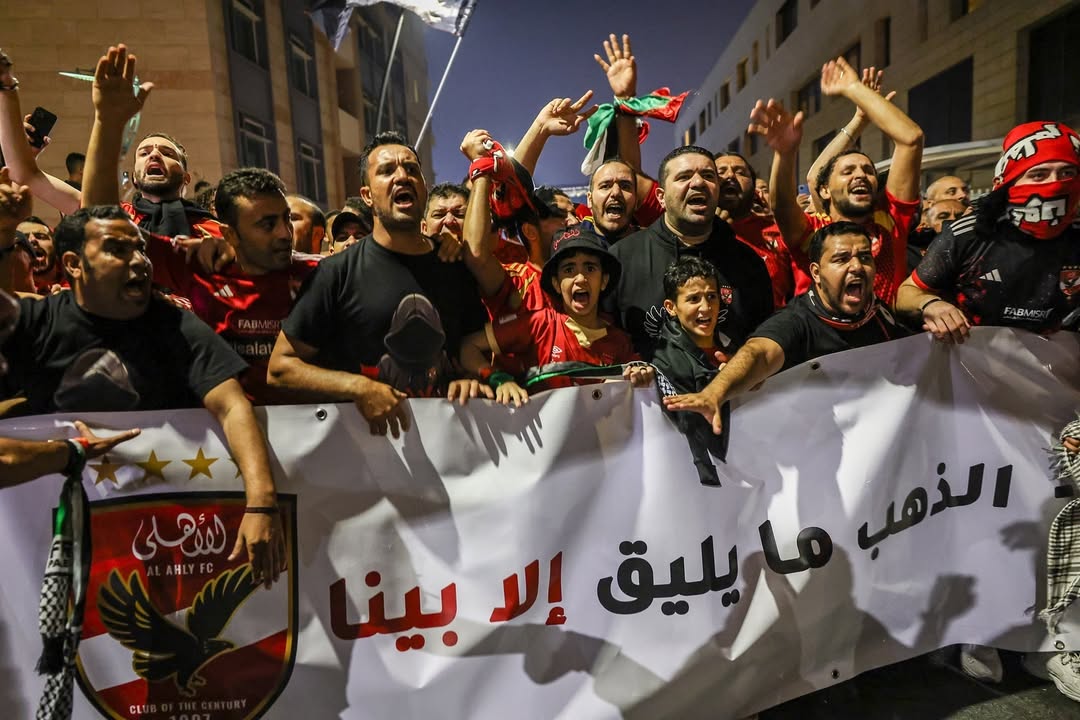The sporting event is taking place from 30 November until 18 December.
Qatar is just hours away from the beginning of the first-ever FIFA Arab Cup, where some 16 teams will participate in the 19-day tournament in Doha.
The countries competing in the tournament include: Qatar, Bahrain, Iraq, Oman, Tunisia, the United Arab Emirates, Syria, Mauritania, Morocco, Saudi Arabia, Jordan, Palestine, Algeria, Egypt, Lebanon, and Sudan.
The winner will be taking home the gleaming FIFA Arab Cup trophy for the first time – marking a historic moment for all involved in the event,
But what does the trophy’s intricate design actually mean? Let’s break it down.
The design of the cup aims to “honour the elements that bind the Arab world together” by incorporating the region’s culture and traditions, Qatar’s Supreme Committee for Delivery and Legacy [SC] says.
“Culture and traditions have always been shared characteristics across the region – expressed through music, art and storytelling,” said the SC.

But beyond the eye-catching gold glimmer lies a deep journey that cannot immediately be seen without a little focus.
Starting from the top of the trophy, the words ‘FIFA Arab Cup’ are beautifully written in Arabic calligraphy, adding a touch of tradition and culture. On the other end, Arabic letters from the word “My Land” are scattered to adorn the bottom of the cup.
“While these values are the heart of the Arab world, language is its soul. From the Gulf to the Pacific the dialects are many, but the letters remain the same – a language that speaks generosity, honour and solidarity,” said the SC.
Since the tournament will be one that undoubtedly unites the region after years of diplomatic crises and lockdowns, the map of the Arab world is also etched into the shape of a football at the top of the cup.
The spherical part then connects to the base of the trophy using a smooth spiral structure that is said to represent the trade routes of Arab ancestors from across the region prior to the founding of oil that sprouted skyscrapers and introduced airplanes to the area.
“This is where Arab ancestors excelled, trading by land and sea to create the region we know today,” said the SC.
Read also: Middle East leaders flock to Qatar for first-ever FIFA Arab Cup
The trophy’s design journey concludes with a solid base that holds together all of the aforementioned cultural and historical elements – a stark but necessary reminder and representation of Arab unity.
With that in mind, which lucky team do you think will take the trophy home?







